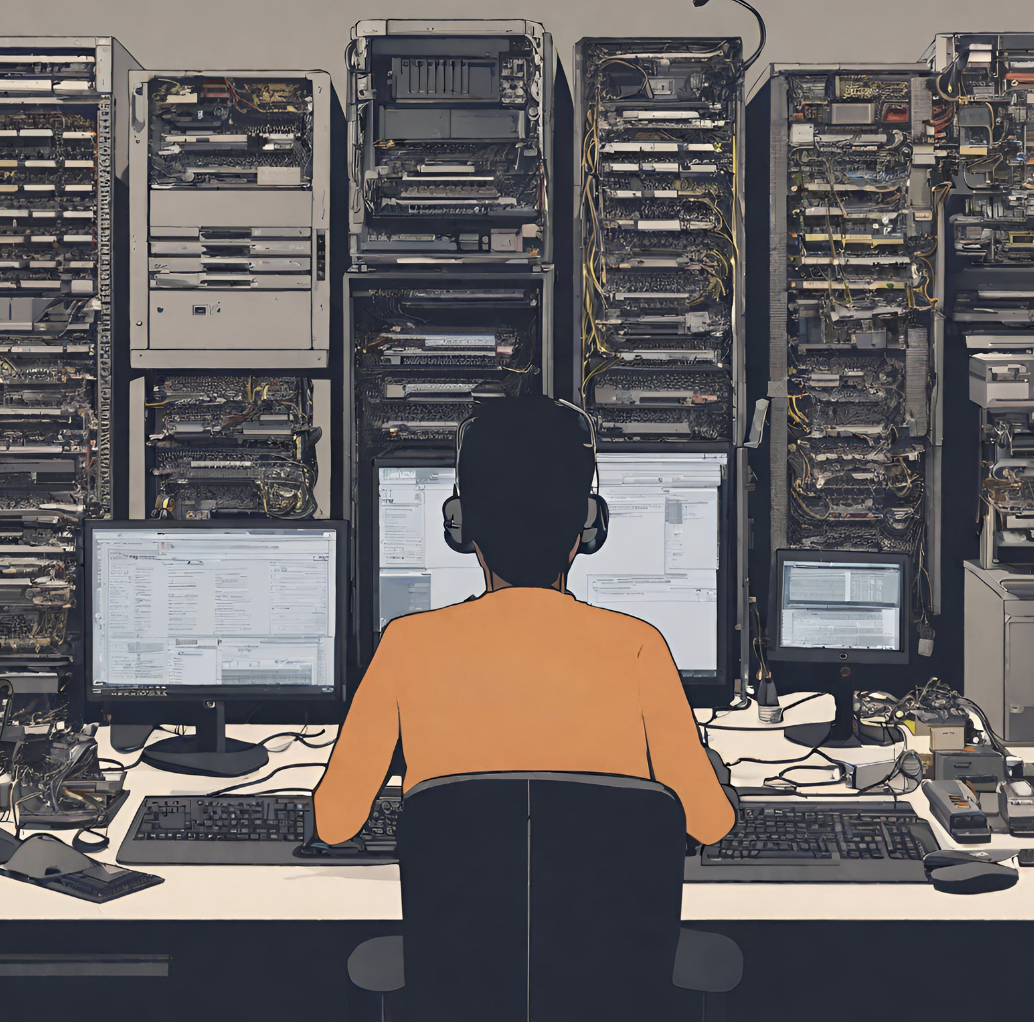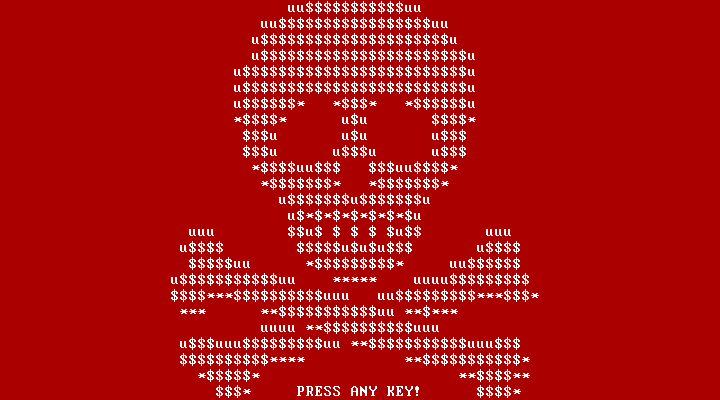The world of data management is constantly evolving. As professionals and individuals learn to deal with a growing amount of data (client files, feedback, budgets, etc.), it becomes more important than ever to learn how to safely store and protect this data.
The traditional solution to this problem is using a manual backup system.
In other words, simply scheduling a periodic time (daily, weekly, or monthly, depending on the size of your company) to copy the files into another folder. This folder often is in the form of an external hard drive or flash drive.
This can be time-consuming, expensive, and labor-intensive. Large file sizes can take hours to copy. And, when it gets busy, it’s easy to postpone backing up your data as many other tasks might take priority.
This brings us to backup automation—a practice which has become the new standard in data management.
In this article, we’ll explore both manual backup and backup automation in detail.
The Costs of Manual Backup Solutions
As stated above, backing up your data manually involves regular, periodic transfer of your files to your external hard drives, backup servers, flash drives, and other storage devices.
But let’s not forget the old saying: Time is money. Not only must you pay for this extra equipment and hardware, but you must also consider the labor.
Someone from your team must be trained on the backup process, spend sometimes several hours manually copying each file, and there still could be errors or missed data.
And then what happens if your company experiences a period of sudden growth?
Manual backup solutions are not as easily scalable. Should your data needs grow, you may find yourself in an endless loop of purchasing and storing massive amounts of hardware.

Why Backup Automation Is Not Just a Luxury:
It may seem like automating your backups is a luxury for major corporations or businesses that handle very large datasets. However, data loss due to unforeseen events such as hardware failure, human error, or even cyberattacks is unfortunately a reality in today’s world.
And, in the long run, an investment into a more secure backup system will save you money.
Backup automation minimizes costs by minimizing or removing human labor from the equation altogether. It allows backups to happen in the background of everyday business.
This is a much more efficient approach. Manual backups typically require all normal business operations to cease until the backup processes have completed.
Backup automation can happen alongside daily work or be scheduled to occur in the middle of the night, without the need for staff to be on site to initiate the process.
Depending on your needs, you can even opt for real-time backups. This would mean that in any episode of data loss, all of your data would remain available.
This is what people in the data industry refer to as the recovery time objective (RTO), the maximum amount of time a system can be down during a disaster. With backup automation, the RTO can be significantly reduced.
In fact, given the amount of time manual backups take, it’s perhaps manual backups that are the luxury.
The Unseen Risks of Ignoring Backup Automation
The largest risk of ignoring backup automation would, of course, be cyberattacks and cybersecurity threats. A data breach can make customers lose their faith and quickly topple a business.
These threats include:
- Phishing schemes – where a fake login page is created so that an employee is tricked into entering their confidential employee information. Someone, then could use the employee’s login to access the data on your server.
- Trojan horses – these are a special kind of virus hidden within legitimate programs or files. The user typically downloads an attachment to an email and views an image or opens a program. They typically do not even know that their computer has been breached.
- Keyloggers – these are similar to Trojan horses, except they record every keystroke typed on an infected computer. This would allow an external party to view any passwords or financial account information processed on the computer.
- Ransomware – these are malicious programs that take total control of your computers, including all data. In order to gain access to your files, you must pay a “ransom.”

These kinds of incidents not only take a financial toll on your business, but they can cause irreversible damage to your reputation.
In addition to cyberattacks and threats, potential hardware failure also poses a significant risk to your data. Most hard drives have a lifespan of just three to five years, which means they’ll need to be replaced frequently.
Additionally, there may be legal ramifications to exposing customer data to unnecessary risk, which carry stiff financial penalties. For more information on this, check out your local and/or national policy regulations.
How Backup Automation Works
So, at this point you may be wondering: how does backup automation even work?
Backup automation requires the use of advanced software solutions often provided by a trusted third party who specializes in data security and/or data storage.
The system provided by this backup automation firm is designed to periodically backup your system to your desired frequency. This completely eliminates any need to manually backup any files.
You can set up the following types of backup systems:
- Full Backup – Just as it sounds, a full backup will copy over all files and folders in your system. This offers the absolute best protection as it is guaranteed to contain your complete dataset.
However, a full backup is time-consuming and requires quite a bit of disk space / data storage. It may not be practical to conduct a full backup every single time. - Incremental – An incremental backup takes a thorough look through your system for any changes to your data. Then, it simply backs up the changes.
For example, say you did a full backup on September 1st. Then, on September 2nd, if you did an incremental backup, it would just save any changes you made on September 2nd. On September 3rd, the system would save any changes you’ve made since September 2nd.
While this clearly saves you a lot of disk space, it does come with its own disadvantages. Say that there’s a flood on September 4th, and you’ve lost all your data in your hard drives.
In order to restore your data, you’d have to go back and restore the last full backup, on September 1st, and then restore every incremental backup until your desired date. This means you’d have to follow it up with restoring September 2nd, and then September 3rd.
If any of those backup files along the way have become corrupted or are missing, then you will not be able to restore your data. - Differential – Differential backup offers a middle ground between incremental backups and full backups. It is quite similar to incremental backup in that it does not do a complete backup of your data. Instead, it records all changes since the last full backup, including any changes that were already saved during the last incremental or differential backup.
This means you can safely remove previous differential backups to optimize your storage space.
Making the Transition to Backup Automation
Here’s a step-by-step guide to making the transition to Backup Automation:
Assess your practices and your needs
Take the time to make a thorough evaluation of your current practices when it comes to backups. Try to list all of the areas in which you are vulnerable and where automation will make the most difference.
Articulate your objectives
What does success look like for you? Consider your RTO (recovery time objective), all regulatory and compliance requirements, the volume of your data, etc. Having these goals laid out make it easy to plan the implementation.
Choosing a tool for automation
Research options for automation in order to select a tool that helps you meet all of your stated objectives. Don’t forget to make sure the tool can handle various data types, offers security features, and is scalable enough to meet your needs further down the line.
Training your employees
No matter the tool you choose, you must ensure that your employees know how to operate it to prevent data loss due to human error. It’s important to communicate not only the new backup protocols, but the benefits of shifting to an automated system and how it will effect their daily work patterns.
Test and monitor your new system
It’s important to test your automated backup system early and frequently to ensure that your data is indeed being backed up. You can simulate different scenarios to ensure that your system will still perform reliably under stress. After an initial testing period, be sure to continue to monitor your system so that you can adjust your configurations as necessary.
Final Thoughts and Recommendations:
As you’ve read above, it is essential to make the transition from manual backup to automated backup to protect your data as your business grows.
Using a service such as SimplyBackups is a great way to ensure you are covered in terms of security, compliance, storage, and restoration. Get started today!